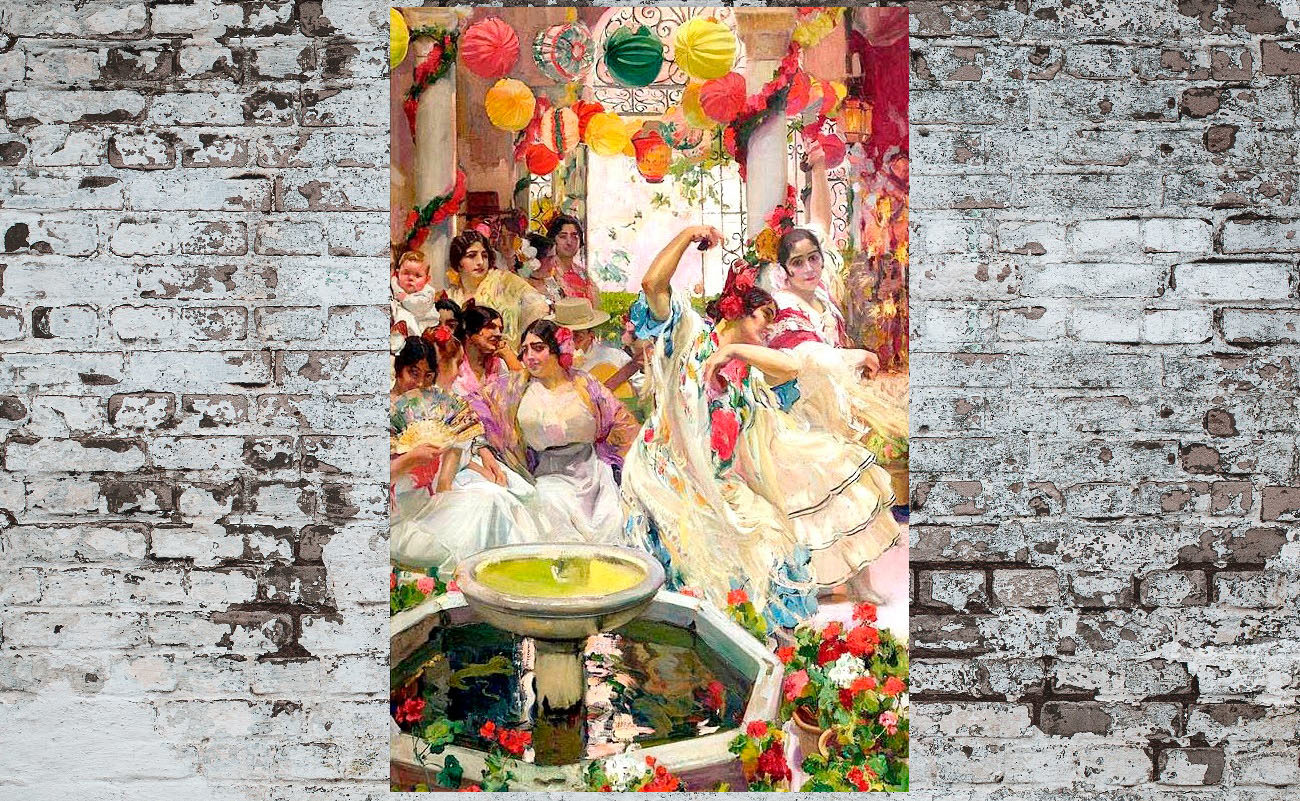Grandpa and flamenco in Seville
-Grandpa, is Seville dead? When it comes to flamenco, of course. -I wouldn’t say “dead” Manolito, but it’s not looking very good, and that means it’s not healthy. -When has it been healthy? -If you check the history of flamenco in this city, which hasn’t been written yet, although we know something about it, you’ll realize that it had a golden age, the

-Grandpa, is Seville dead? When it comes to flamenco, of course.
-I wouldn’t say “dead” Manolito, but it’s not looking very good, and that means it’s not healthy.
-When has it been healthy?
-If you check the history of flamenco in this city, which hasn’t been written yet, although we know something about it, you’ll realize that it had a golden age, the era of the cafés cantantes, the Seville of Silverio and El Burrero, where important artists came to this city from all over Andalusia. When those cafés were closed, in particular El Filarmónico, El Burrero and Salón Silverio, then El Novedades opened and it heralded a new golden age, which had a great number of iconic artists such as Niña de los Peines, Manuel Torres, Tomás Pavón, Marchena, Vallejo, Escacena and a long etcetera. Then came the era of the ópera flamenca.
-And the 1936 Spanish Civil War put everything on hold, right?
-Yes, that war put an end to almost everything. When it ended in 1939, the performing companies came back, although it was never the same. Later came the famous tablaos, the national flamenco contests, the peñas and the flamenco festivals. This new movement would yield its fruits ten years later, with two decades, the 1960s and 1970s, which were memorable in the history of flamenco in Seville and its towns. In all of Andalusia, actually, although we’re talking about Seville.
-That’s the time when there were a lot of maestros and maestras in Seville, right?
-Indeed, Manolito. In all areas of flamenco, not just in cante. I had the privilege of experiencing the golden age of baile, with Matilde Coral, Manuela Vargas, Angelita Vargas, Farruco, Trini España, Rafael El Negro, Manuela Carrasco, Pepa Montes, Cristina Hoyos, El Mimbre, Milagros Mengíbar, Concha Vargas, Carmen Ledesma… And I’ve seen the rise of extraordinary guitarists, such as Paco del Gastor, Manuel Domínguez El Rubio, José Luis Postigo, Enrique de Melchor, Pedro Bacán, Manolo Franco, Quique Paredes, Ramón Amador, Rafael Mendiola, Riqueni, Niño de Pura… And when it comes to cante, I won’t even tell you…
-You’re kidding me, right?
-I’m rather bragging. How can’t I not brag about having experienced the Seville of Antonio El Sevillano, Fregenal, El Gordito, Antonio Mairena, Emilio Abadía, El Arenero, El Chocolate, Fernanda and Bernarda, Lebrijano, Manuel Mairena, Menese, Pies de Plomo, Turronero, Naranjito, Curro Malena, Diego Clavel, Miguel Vargas, El Funi, Curro Fernández, Paco Taranto, José el de la Tomasa…?
-So, what’s happening nowadays, grandpa?
-Seville no longer has great masters of cante.
-No role models?
-That too. There’s El Funi in Lebrija, and José el de la Tomasa in the city of Seville, and that’s about it. There are other famous artists, but not as important, although that doesn’t mean they are not good performers. The leading cantaor nowadays is José el de la Tomasa, and some peñas want to hire him for just one thousand euros, while younger artists are offered twice as much, or more, although I won’t say who. That’s how things are in Seville.
-But new talent will come up, right?
-Yes, there has always been new talent, and there is new talent nowadays. However, Seville doesn’t have four or five leading flamenco stars, like is the case with Huelva, Jerez or Chiclana. Look at Huelva, with Arcángel, Argentina, Jeromo Segura, Rocío Márquez… And there are new artists from that province who will soon achieve fame, because it’s not just great artists they have, but also great teachers such as Antonio Rodríguez El Jaraqueño, who is training the new generation. Ten years from now, Huelva will start a revolution in flamenco.
-Now I’m worried, grandpa. Should we close the shop, then?
-It’s not that, Manolito. There is a long tradition in Seville, and one day things will be like they were before. The Bienal should try to help a bit, but all they care is about selling tickets.
-Ugh, you had to mention the Bienal…
Translated by P. Young




